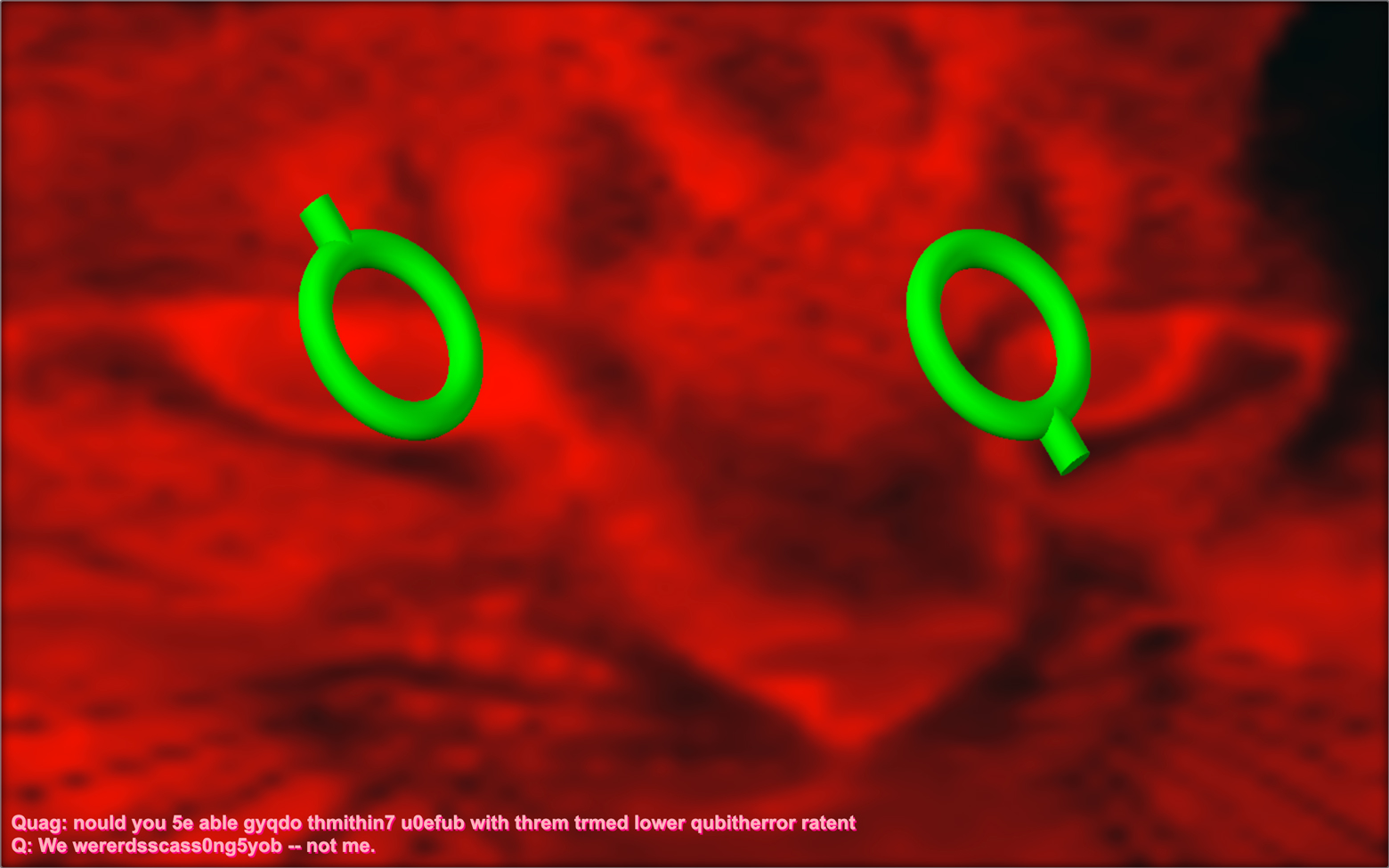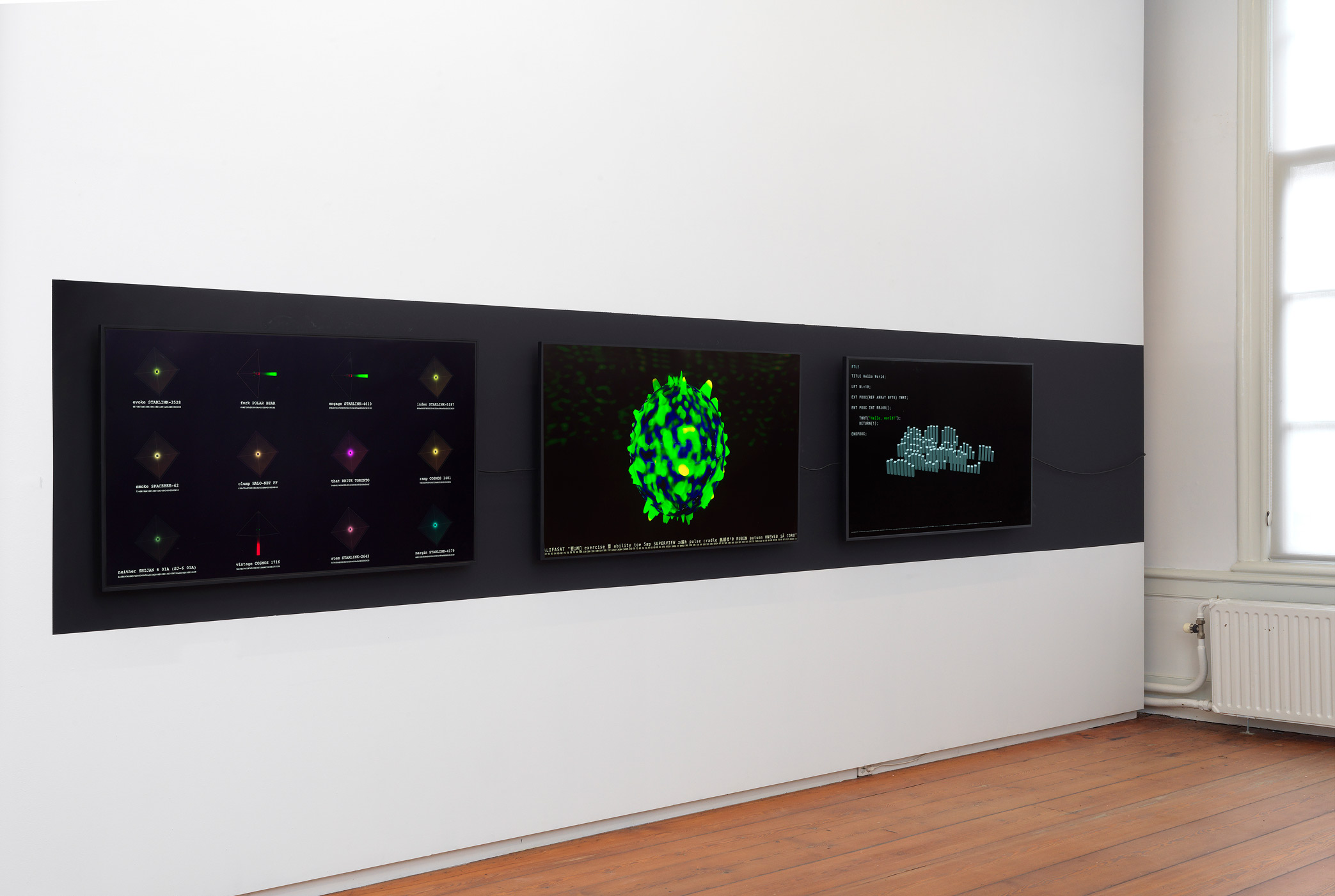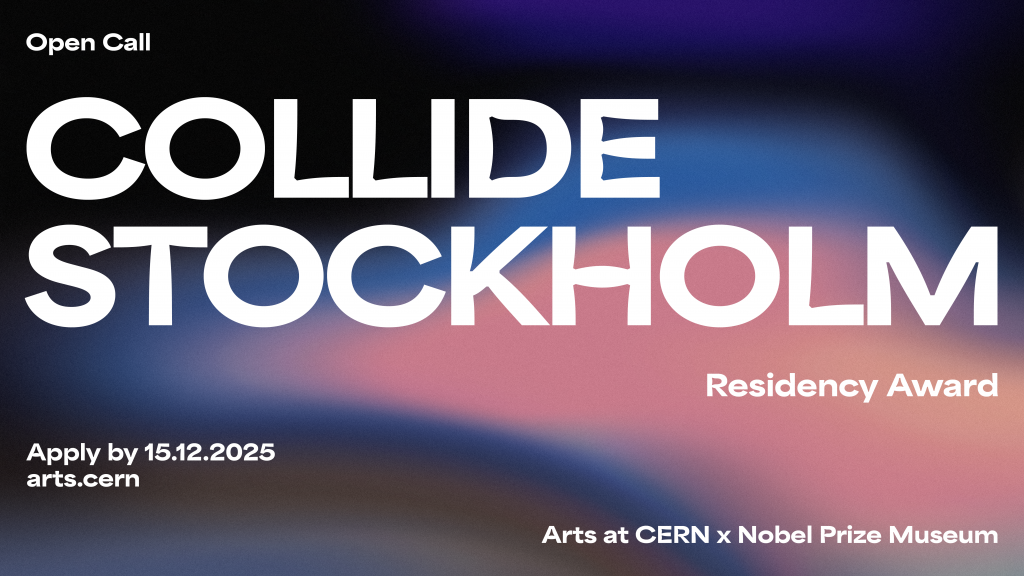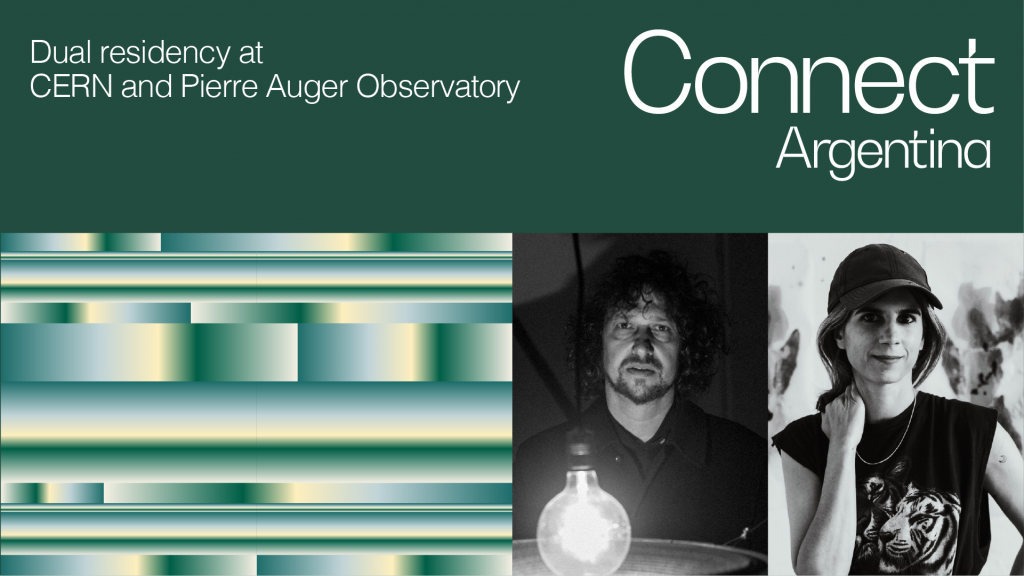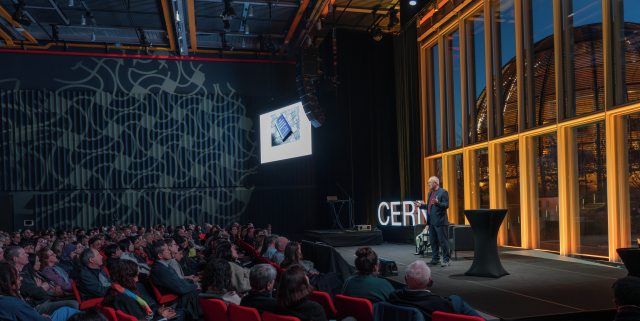- Tags
- Artistic residencies, Collide
- Author
- Ana Prendes
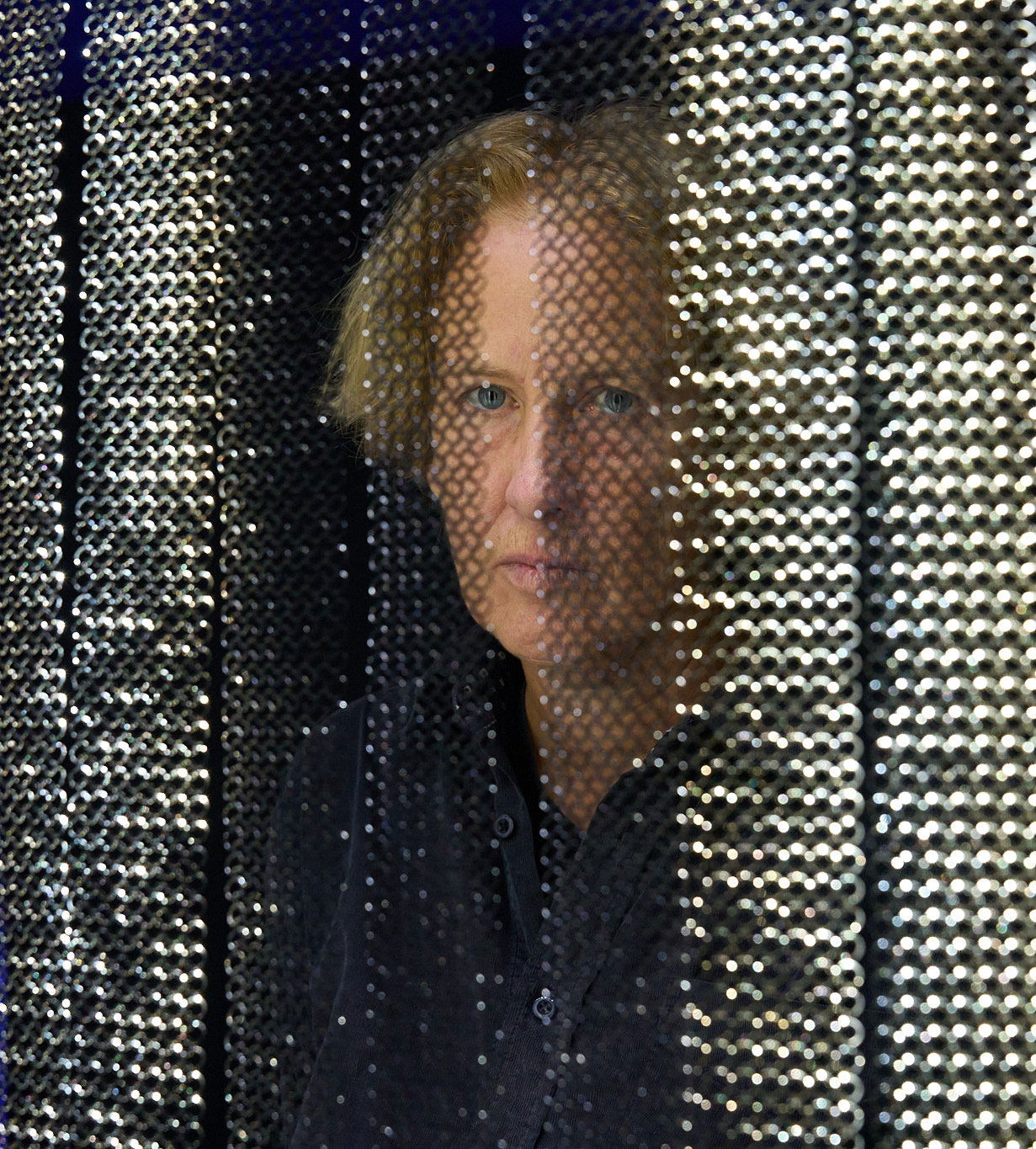
The artist discusses her groundbreaking work in web-based art, her involvement with CERN’s community, and her vision for a universal language that could reach future generations and computers.
As the inaugural recipient of the Collide Copenhagen residency award, Dutch artist Joan Heemskerk undertook a two-month residency between CERN and Copenhagen Contemporary.
Heemskerk’s practice spans photography, video, software, games, websites, performance, and installations. As a member of the art collective JODI, she has been at the forefront of artists investigating and subverting the conventions of the Internet, computer programmes, and video games in the mid-1990s. By radically reshaping the language of these systems—interfaces, commands, errors, and code—her work disrupts the relationship between computer technology and users, challenging our expectations of the systems we rely on daily.
Building on her subversive engagement with digital systems, Heemskerk’s work at CERN focused on artistic exploration to develop her project Alice & Bob after Clay +=-> Hello, World! It refers to Tim Berners-Lee’s proposal for the World Wide Web, which the scientist developed while working at CERN. His aim was to meet the demand for automated information exchange between scientists around the world. Through a re-assessment of the cryptographic characters Alice and Bob, and the foundational string of computer language, Hello, world!, Heemskerk explored the possibility of developing a new universal language that could transcend both galactic and life-form boundaries.

At CERN, Heemskerk immersed herself in the Laboratory’s environment, engaging with physicists, IT experts, and engineers. One of her primary focuses was exploring the development and materiality of information exchange and storage systems, an essential aspect of CERN’s operations. By delving into the CERN Tape Archive (CTA), she closely examined the nature of magnetic tapes—the primary long-term storage medium—and contrasted them with historical methods of information transmission, such as clay tablets. Through this juxtaposition, Heemskerk questioned the permanence of information and the potential for a universal language capable of surviving across millennia.
Her artistic inquiry led her through CERN’s various scientific facilities, from the bustling Data Centre to the complex detectors of the Large Hadron Collider, including ALICE and CMS. She also expanded her research into the origins of the World Wide Web, exploring CERN’s first website, info.cern.ch, and meticulously examining the computing records of notable physicists like Louis Dick, who made significant contributions to CERN’s advancements from the 1950s onward.
In this video interview, she shares her early fascination with the web’s development and how her artistic experimentation evolved alongside its rapid technological advancements. Heemskerk discusses the references behind her project, her engagement with the scientific community, and explores how we could bridge the gap towards a universal language for future humans, non-humans and computers.

During her residency in Copenhagen, Heemskerk conducted independent research in collaboration with the city’s largest research center, The Niels Bohr Institute, and continued her interviews with physicists and engineers. Additionally, she commenced the development of her art production with the support of the curatorial teams from Arts at CERN and Copenhagen Contemporary. This body of work is slated to be featured in an exhibition at Copenhagen Contemporary in 2025.
